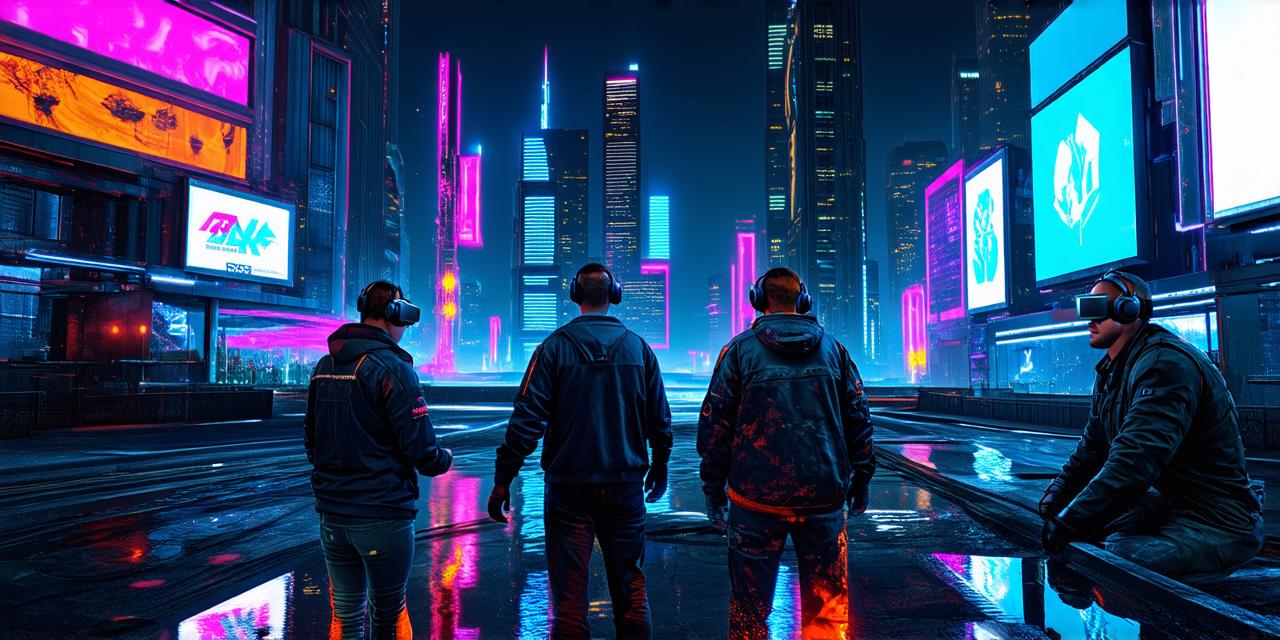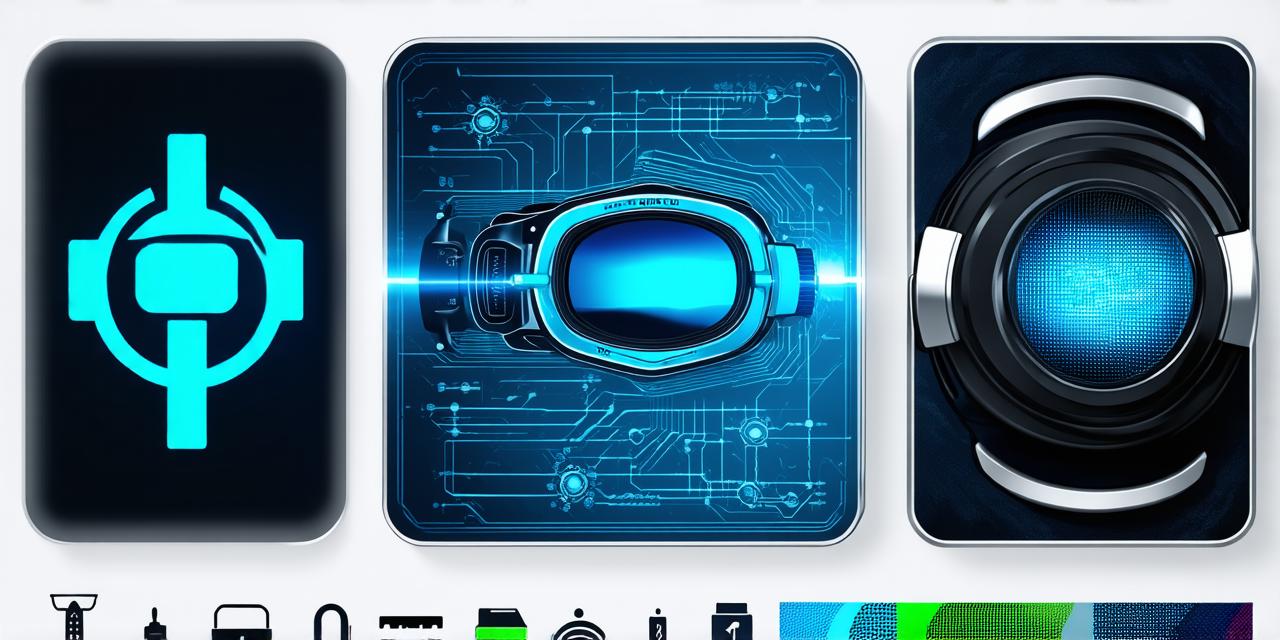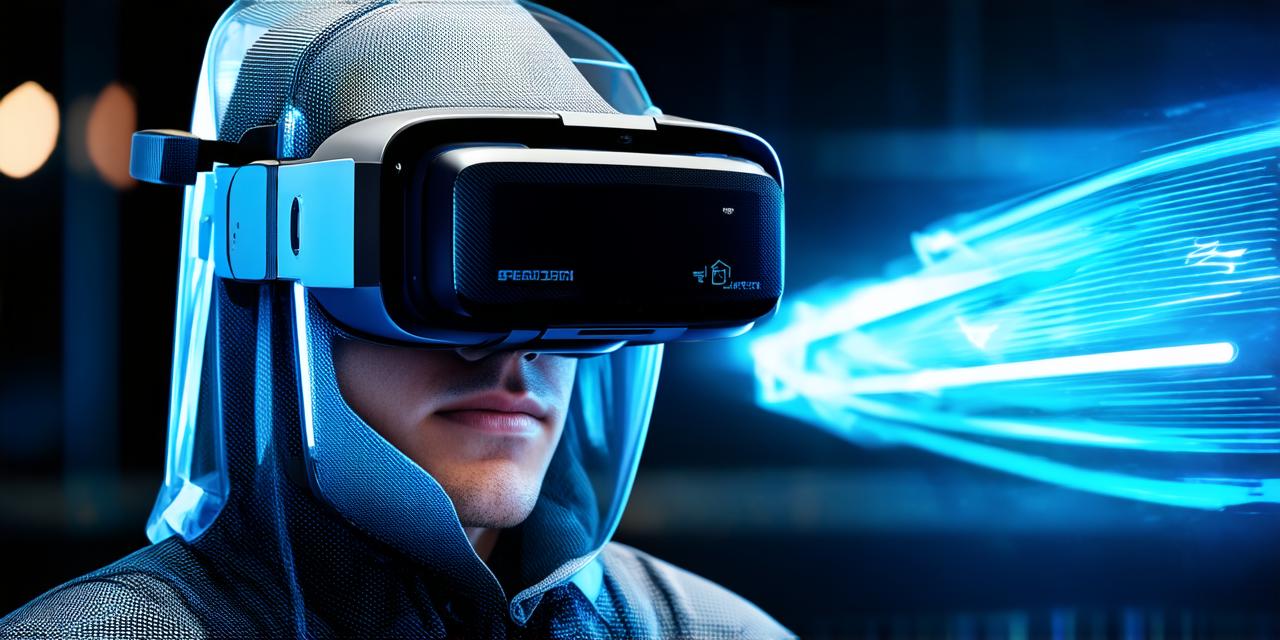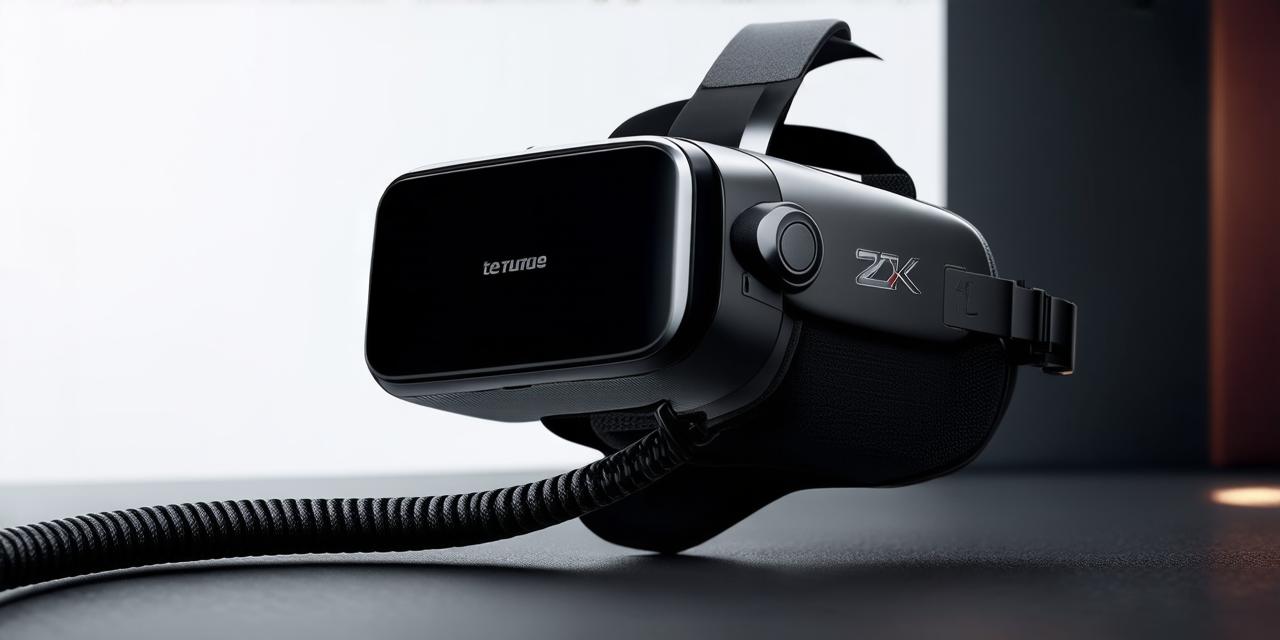Title: The Effects of Virtual Reality: A Comprehensive Guide for AR Developers
Virtual reality (VR) is an immersive technology that has revolutionized how we experience the world. It offers a unique opportunity for augmented reality (AR) developers to create highly engaging and interactive applications that can transform industries such as education, gaming, and healthcare.
I. Introduction
Virtual reality has gained significant attention in recent years due to its ability to transport users into simulated environments that can replicate real-world experiences. The technology has numerous applications across different industries, from gaming and entertainment to education, healthcare, and training. AR developers can leverage virtual reality to create immersive and interactive experiences that can enhance user engagement and provide valuable insights into various aspects of our lives.
II. Effects of Virtual Reality on the Human Brain
Virtual reality can have a profound effect on the human brain. It has been shown that VR can cause changes in brain activity, connectivity, and structure. One study found that after just 20 minutes of playing a VR game, participants’ brains showed increased activity in areas related to attention and perception. Another study found that regular VR use could lead to increased gray matter volume in the hippocampus, which is involved in memory and learning.
III. Effects of Virtual Reality on Education
Virtual reality can be a powerful tool for education. It can provide students with immersive and interactive experiences that can help them learn new concepts more effectively. For example, VR simulations can be used to teach anatomy by allowing students to explore the human body in 3D. Additionally, VR can be used to create virtual field trips, which can expose students to different cultures and environments without leaving the classroom.
IV. Effects of Virtual Reality on Gaming
Virtual reality has revolutionized the gaming industry. It offers a level of immersion that was previously impossible with traditional gaming platforms. VR games can transport players into simulated environments, allowing them to interact with virtual objects and characters in ways that were not possible before. This can lead to more engaging and interactive gaming experiences for users.
V. Effects of Virtual Reality on Healthcare
Virtual reality has numerous applications in healthcare. It can be used to treat various conditions such as anxiety, depression, and post-traumatic stress disorder (PTSD). For example, VR exposure therapy can be used to treat phobias by exposing patients to virtual environments that trigger their fears. Additionally, VR simulations can be used to train medical professionals in various procedures, allowing them to practice their skills in a safe and controlled environment.
VI. Effects of Virtual Reality on Training
Virtual reality can be an effective tool for training in various industries such as aviation, military, and manufacturing. VR simulations can provide a realistic and immersive training experience that can help trainees develop their skills more effectively. For example, VR simulations can be used to train pilots to navigate complex flight paths or to simulate emergency situations.
VII. Case Studies of Virtual Reality in Action
There are numerous examples of how virtual reality has been used in various industries. One notable case study is the use of VR in education. The University of California, Irvine (UCI) created a VR simulation that allowed medical students to practice surgical procedures on virtual patients. This allowed the students to develop their skills more effectively and provided them with a safe and controlled environment to practice.
VIII. Expert Opinions
According to Dr. Michael Bostock, a professor of psychology at UCI, virtual reality has the potential to revolutionize how we learn and experience the world. “Virtual reality provides a unique opportunity for us to create immersive and interactive experiences that can enhance learning and provide valuable insights into various aspects of our lives,” he says.

IX. Real-Life Examples of Virtual Reality in Action
Virtual reality has numerous real-life examples across different industries. In education, virtual field trips have become popular, allowing students to explore different cultures and environments without leaving the classroom. In healthcare, VR exposure therapy has been used to treat various conditions such as phobias and PTSD. In gaming, VR has revolutionized the industry, providing players with immersive and interactive experiences that were previously impossible.
X. Conclusion
Virtual reality has numerous effects on our lives, from changes in brain activity and connectivity to improvements in education, healthcare, and training. AR developers can leverage virtual reality to create immersive and interactive experiences that can enhance user engagement and provide valuable insights into various aspects of our lives. As technology continues to evolve, the potential for virtual reality to transform industries and improve our quality of life will only continue to grow.
FAQs
1. What is virtual reality?
Virtual reality is an immersive technology that creates simulated environments that can replicate real-world experiences.
2. How does virtual reality affect the human brain?
Virtual reality has been shown to cause changes in brain activity, connectivity, and structure. It can also lead to increased gray matter volume in areas such as memory and learning.
3. What are some examples of how virtual reality is used in education?
Virtual reality can be used to teach anatomy by allowing students to explore the human body in 3D. Additionally, VR can be used to create virtual field trips, which can expose students to different cultures and environments without leaving the classroom.
4. What are some examples of how virtual reality is used in gaming?
Virtual reality has revolutionized the gaming industry by providing immersive and interactive experiences that were previously impossible with traditional gaming platforms.
5. What are some examples of how virtual reality is used in healthcare?
Virtual reality can be used to treat various conditions such as anxiety, depression, and PTSD. VR exposure therapy can be used to treat phobias by exposing patients to virtual environments that trigger their fears. Additionally, VR simulations can be used to train medical professionals in various procedures.
6. What are some examples of how virtual reality is used in training?
Virtual reality can be an effective tool for training in various industries such as aviation, military, and manufacturing. VR simulations can provide a realistic and immersive training experience that can help trainees develop their skills more effectively.




